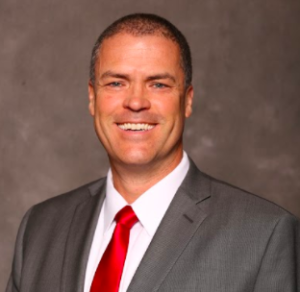Curt Hassler - Dupont Clean Technologies
 Increasingly stringent SO2 emission regulations around the world mean refiners not only have to ensure their sulfur recovery units (SRUs) comply with requirements but also need to find a solution that minimizes capital expenditure, maintenance costs and operator involvement. A typical approach has been to use a highly efficient amine-based tail gas treatment unit (TGTU) downstream of the Claus plant.
Increasingly stringent SO2 emission regulations around the world mean refiners not only have to ensure their sulfur recovery units (SRUs) comply with requirements but also need to find a solution that minimizes capital expenditure, maintenance costs and operator involvement. A typical approach has been to use a highly efficient amine-based tail gas treatment unit (TGTU) downstream of the Claus plant.
Today, an alternative configuration has been proven to add reliability to the overall Claus plant, especially in terms of emissions during emergency shutdowns and startups. Installing a highly flexible reverse jet scrubber between incinerator and stack makes it possible to operate a more cost-effective TGTU (such as a direct oxidation or sub-dewpoint process). This solution efficiently reduces sulfurous emissions on a smaller than usual plot space at a lower investment cost. When combined with the unique flexibility of the MECS® DynaWave® technology, this approach ensures emission control at all times, even during bypass of the TGTU or entire Claus plant.
This presentation will discuss the reasons for and results from an installation of such a sulfur removal system by the state-owned CPC Corporation, Taiwan at its Ta-Lin refinery.
 CURT HASSLER is the North America Sales Leader for DuPont’s Clean Technology portfolio. In the last 20 years, Curt has had roles in engineering, technical service, R&D, and licensing. Prior to joining DuPont, he worked as a Senior Process Engineer for Burns & McDonnell and as a Business Unit Leader & Project Manager at GENESYS, both located in the Kansas City area. He enjoys coaching youth sports and kayak fishing in his spare time.
CURT HASSLER is the North America Sales Leader for DuPont’s Clean Technology portfolio. In the last 20 years, Curt has had roles in engineering, technical service, R&D, and licensing. Prior to joining DuPont, he worked as a Senior Process Engineer for Burns & McDonnell and as a Business Unit Leader & Project Manager at GENESYS, both located in the Kansas City area. He enjoys coaching youth sports and kayak fishing in his spare time.






